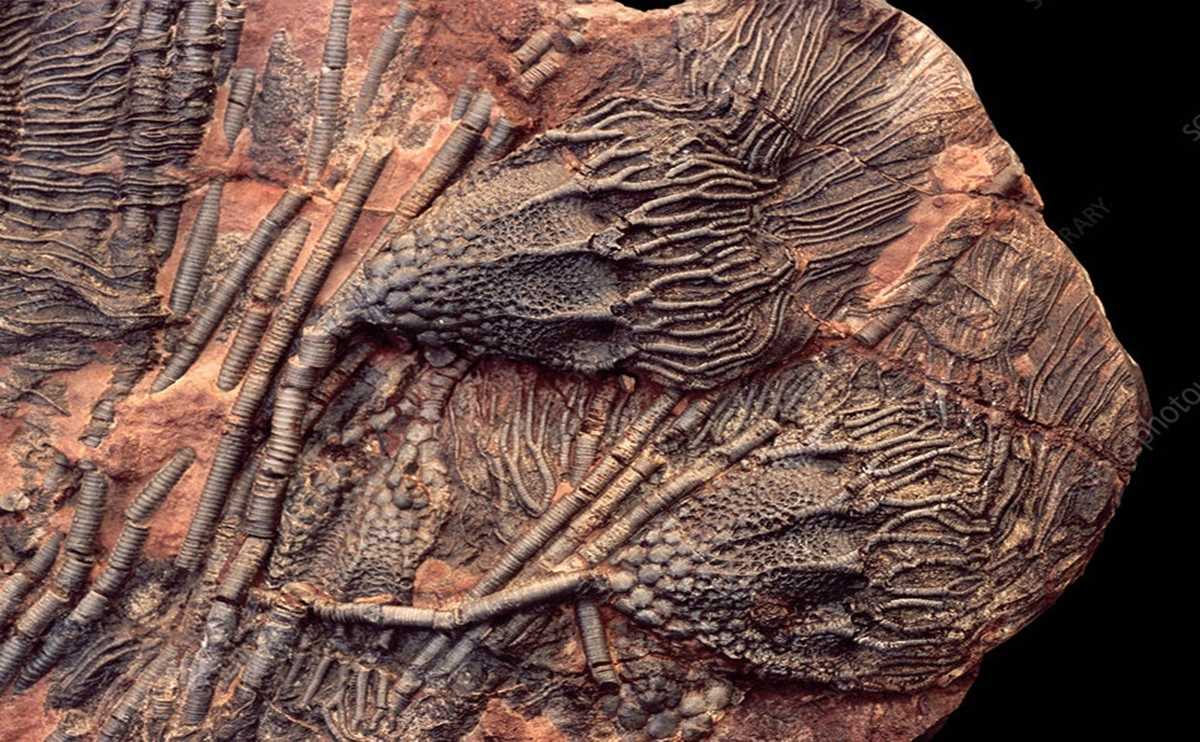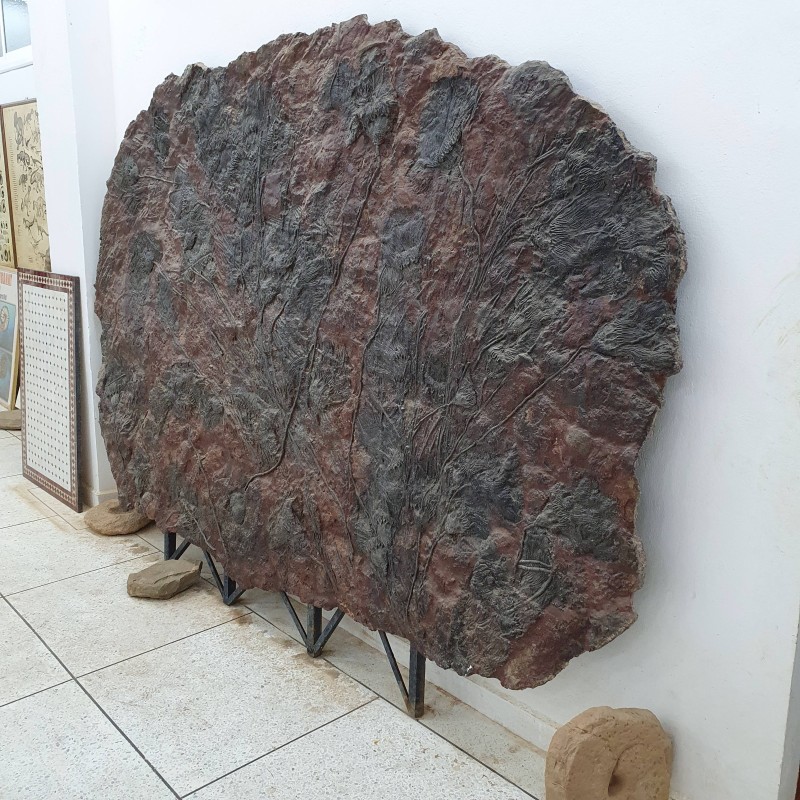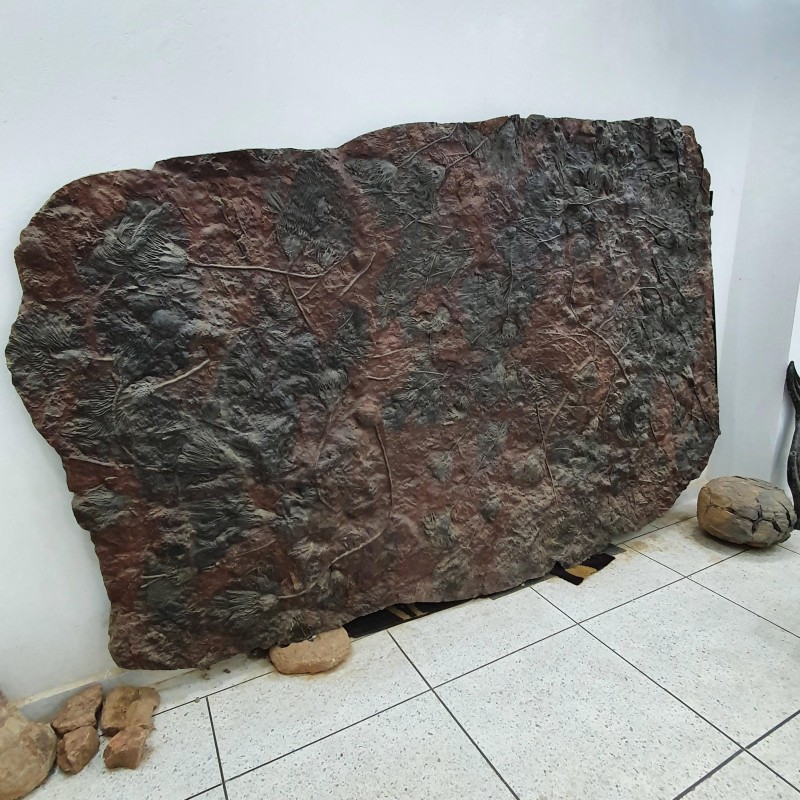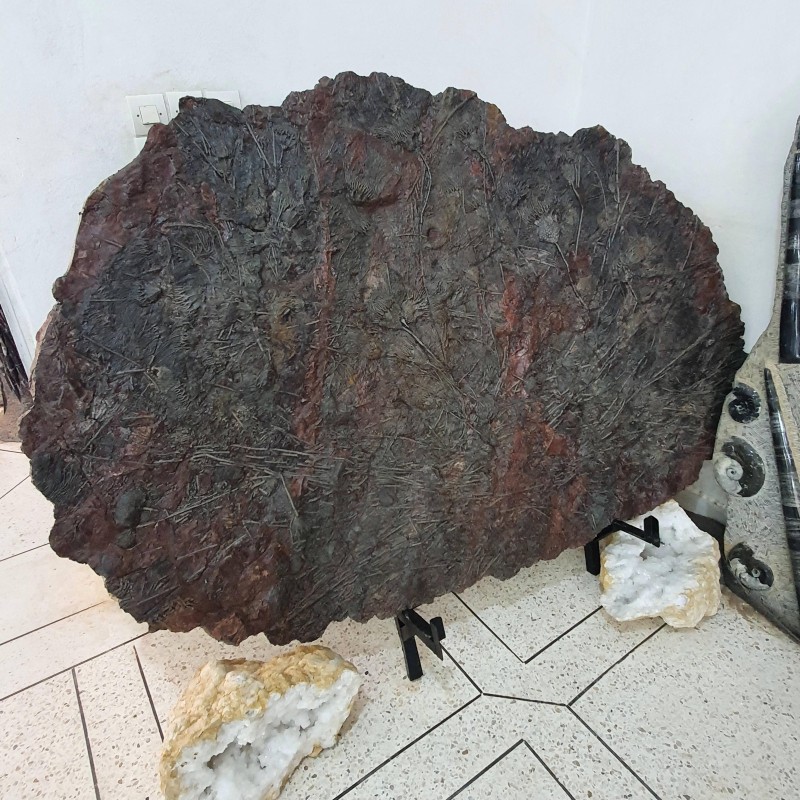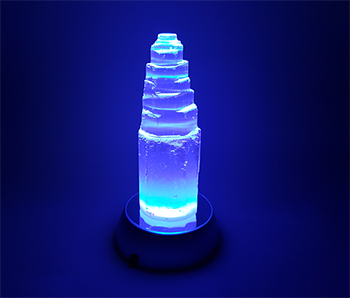The ocean, vast and mysterious, has long been home to creatures that stir our imagination. One such marvel is the crinoid, a delicate flower of the deep—yet, paradoxically, not a flower at all. Crinoids are marine animals, ancient beings that thrived in oceans teeming with life, long before human existence. As part of the echinoderm family, crinoids are related to starfish and sea urchins. With their elegant arms waving like petals in the current, they are reminiscent of sea lilies, forever tied to the story of the oceans they called home.
Table of content
What Are Crinoids?
Geological Time and the Age of Crinoids
Life Under Ancient Oceans
The Fossilization Process
Discovering Crinoid Fossils
Crinoids’ Enduring Legacy
What Are Crinoids?
Crinoids, those delicate creatures frozen in time, once lived anchored to the ocean floor, their long, stem-like stalks swaying in the currents like dancers at a ball. Though they resemble plants, crinoids are part of the echinoderm family—kin to spiny sea urchins and starfish, and far removed from the plant kingdom. Their appearance earned them the name “sea lilies,” a symbol of their elegance, though their true nature as marine animals speaks of survival, not frailty.
Within their bodies, crinoids housed a complex skeletal structure, covered in a soft tissue that decayed long ago, leaving only their fossilized remains. Yet, this isn’t just a tale of anatomy; it’s a saga that stretches across the epochs of geological time.
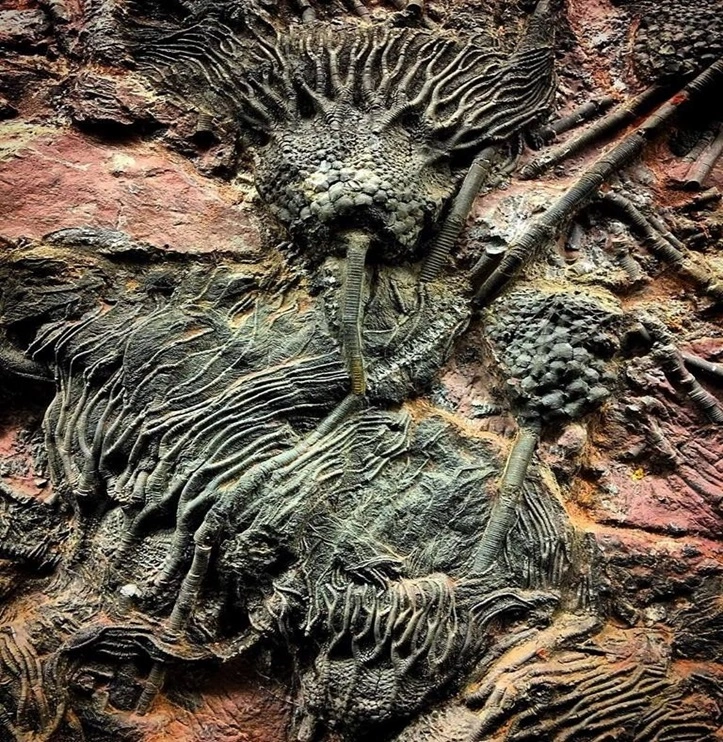
Geological Time and the Age of Crinoids
The Paleozoic era was crinoids’ heyday. From the Ordovician period, some 485 million years ago, these creatures ruled the ancient seas. The ocean floors were vibrant with life, and crinoids were among the stars of the show, their long arms filtering plankton from the water in a dance as old as time.
For over 200 million years, they thrived, resilient to the ebbs and flows of nature. But even the mightiest of eras must come to an end. As the Permian extinction wiped out a staggering 90% of Earth’s marine life, crinoids, too, suffered. However, like the resilient stalks they once swayed upon, crinoids clung to existence, with a few species surviving to this day.
Life Under Ancient Oceans
Imagine plunging beneath the surface of the Paleozoic seas. The water is alive with creatures strange, vibrant, and unlike anything we know today. Crinoids stand tall on the ocean floor, their feathery arms drifting in the current. Around them, an entire ecosystem thrives, trilobites scuttle along the seabed, while massive fish swim overhead, predators and prey in an eternal dance.
The ocean’s surface may seem distant, but down here, life bustles in all its glory. It’s a world of balance, of interdependence, where crinoids play a crucial role in maintaining the health of the marine environment.
The Fossilization Process
As with all things, crinoids’ reign in the oceans eventually came to an end. But rather than fade from memory, they left behind traces, impressions, echoes in stone that would speak across the millennia. The process of fossilization preserved crinoids in intricate detail, capturing their flower-like forms in rock. Their skeletal remains, buried under layers of sediment, underwent a transformation over millions of years, turning to stone and becoming the fossils we unearth today.
In places like Morocco, crinoid fossils are particularly abundant. The land, once submerged under ancient seas, holds a wealth of treasures for fossil hunters, offering a window into a world long gone.
Discovering Crinoid Fossils
The thrill of unearthing a crinoid fossil is unlike any other. To hold in your hands the remains of a creature that lived hundreds of millions of years ago is to feel a connection to a time when Earth was a vastly different place. In Morocco, a land rich with geological history, fossil hunters have discovered stunning crinoid specimens, their intricate designs preserved in perfect detail.
These fossils, with their delicate arms and flower-like bodies, are a favorite among collectors. They serve as a reminder of the beauty and complexity of marine life, and of the fragility of existence in a world constantly in flux.
Crinoids’ Enduring Legacy
Though the crinoids’ golden age has long since passed, their legacy endures. Some species still survive in today’s oceans, hidden in the deep, far from the sunlit waters where their ancestors once flourished. These modern crinoids, while fewer in number, are living fossils a testament to the resilience of life even in the face of mass extinction.
If the story of crinoids fascinates you, why not take a piece of this ancient marine life home? Browse our collection of crinoid fossils, each one a unique snapshot of life from a distant past. Let these fossils remind you of Earth’s long, winding history, and the beauty that once flourished beneath the waves. Visit our site to discover more and embark on your own journey through geological time!

